Windows are architectural elements that are visually important. They are the source of natural ventilation in a home as they allow light and air into the space.
As far as window shutters are concerned, in the past they were used for safety purposes and also to protect oneself from bad weather. However, nowadays, modern window shutters have become very popular and are also used to add to the aesthetic value of a house.
What are the Window Shutters?
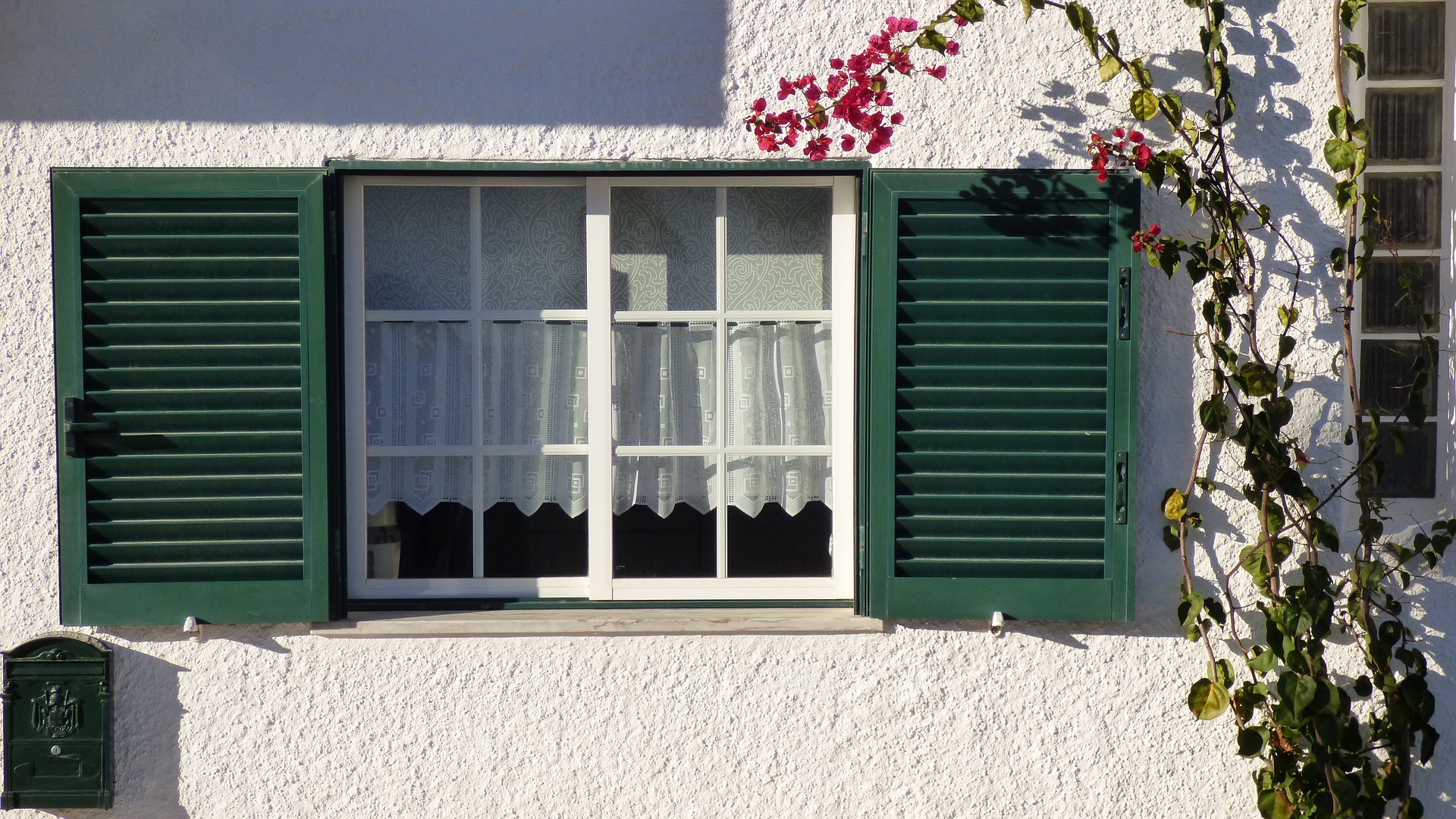
Window shutters are the openable part of a window, held in position by the window frame by suitable hinges. It is a movable barrier consisting of a panel assembly. The purpose of providing window shutter is to control the amount of sunlight entering the room, to provide privacy and security and to enhance the aesthetic view of a house. Window shutters will even give an extra layer of comfort, adding warmth and privacy to your home.
There are a wide range of window shutters available, but it can be difficult to grasp the distinction between the types of shutters and their advantages. So Gharpedia will give you a short rundown here. So, Let us understand different types of window shutters.
Classification of Window Shutter
Depending upon shape, method of operation, materials and style, the window shutters are classified into following different types.
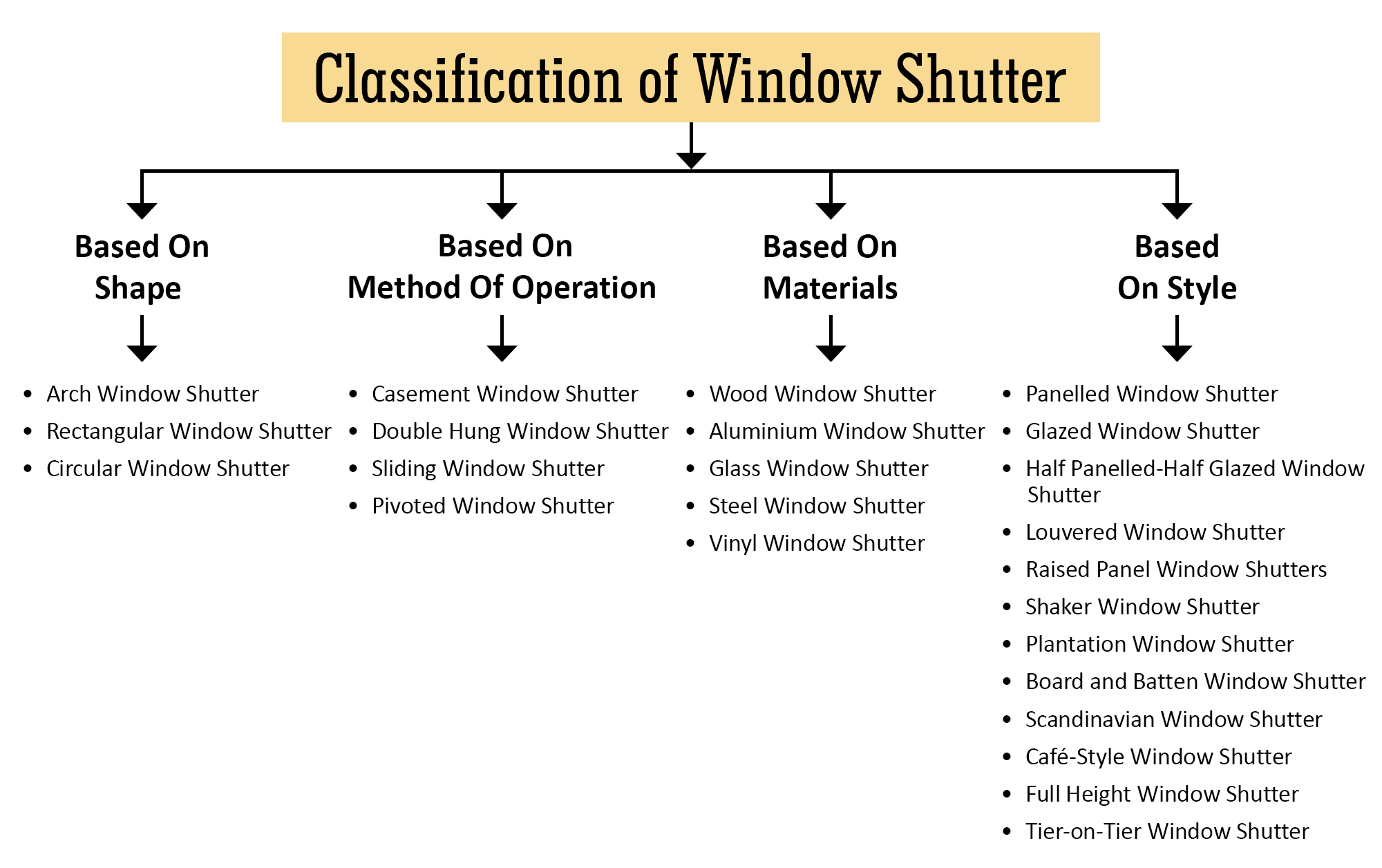
Exterior Window Shutters Vs Interior Window Shutters
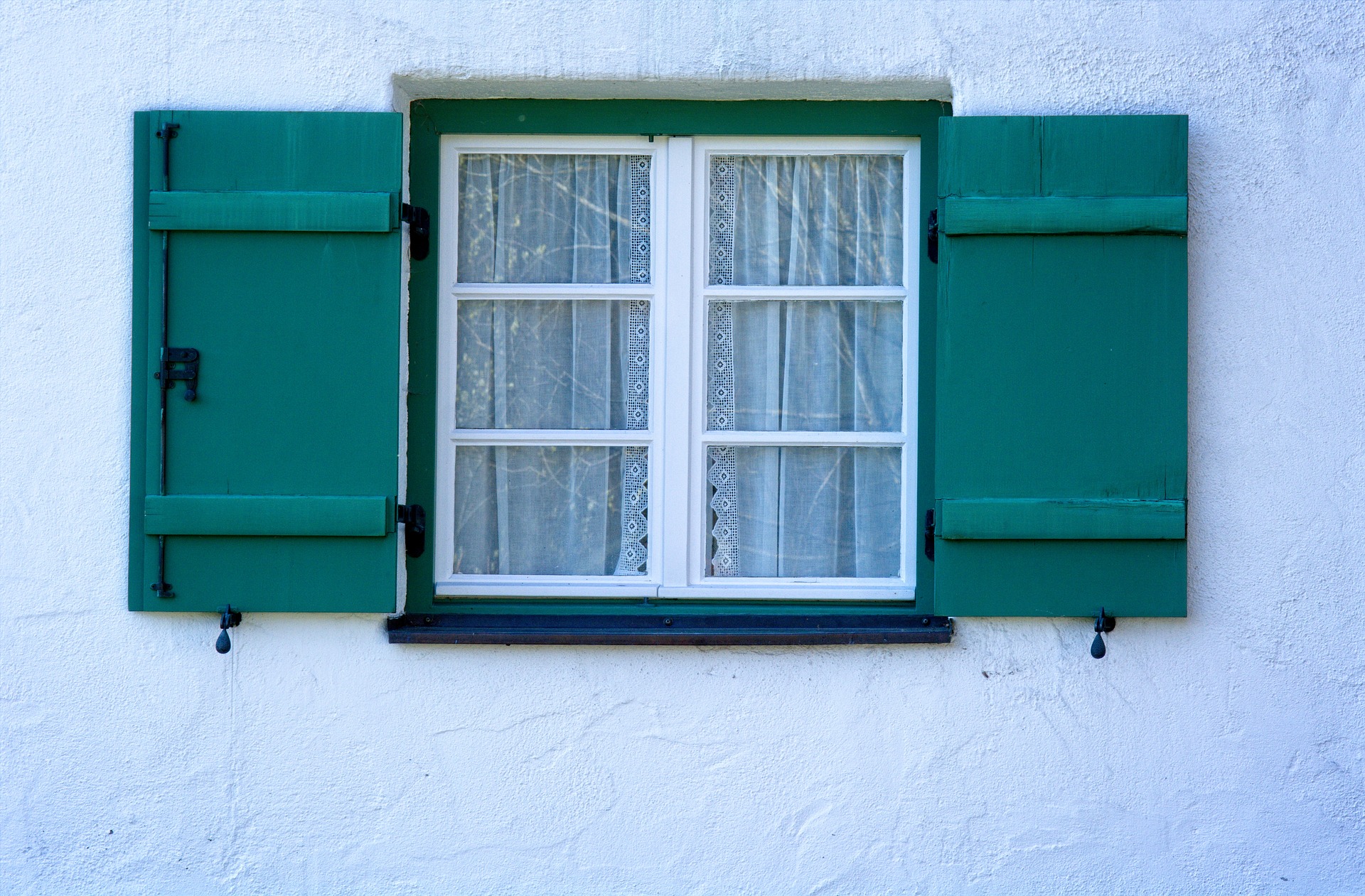
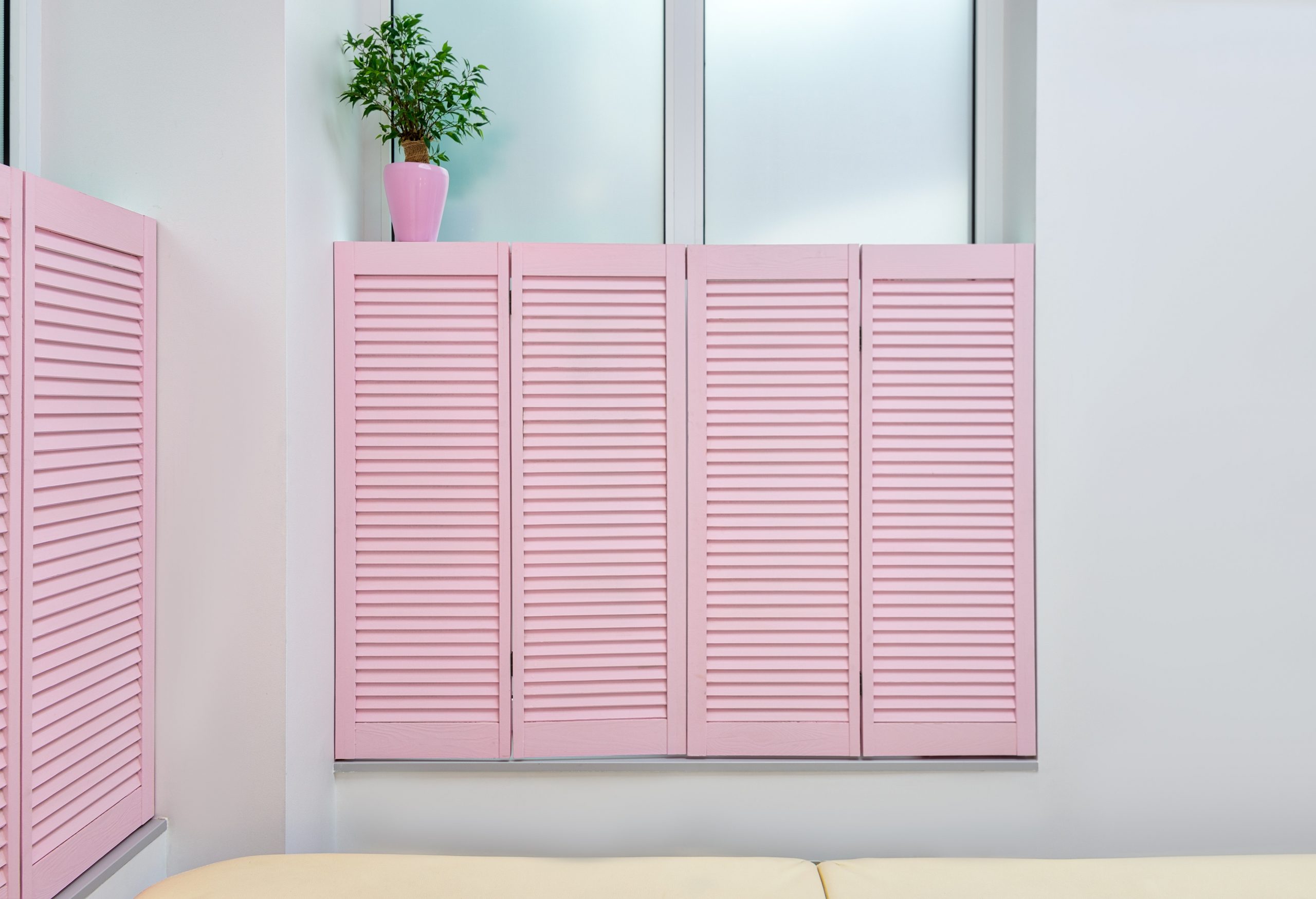
Exterior window shutters can provide a classic look to the exteriors of any home. It can be used to keep the light out when closed or bring light in when opened. Exterior window shutters can be made out of wood, vinyl, aluminium, fibre glass, plastic, or steel depending on the type of shutter you want.
Interior window shutters add elegance and warm atmosphere that you notice while entering any room. The majority of interior window shutters come with louvers, which allow the shutters to be adjusted when desired.
According to ‘M. M. Goyal’[280] (Author of Construction Handbook for Civil Engineers and Architects Vol.1), the shutter is formed out of four members- two vertical stiles, and top and bottom rails. In addition, the shutter may be divided by both horizontal and vertical bars called glazing or sash bars.
The shutters can be fully glazed, panelled, or partly panelled and glazed. He also added that the most common rearrangement of opening of window is to have side-hinged shutters, generally mounted to swing outward. Because a shutter is hinged on one side, its other end tends to sink due to its weight when it is open.
The width of each window shutter is generally kept not wider than 600 mm. A window wider than 600 mm will consist of two or more shutters or a sash and fixed glazing. The advantage of this arrangement is that there is least width of framing members to obstruct the glazed area.
Now let us understand various types of window shutters based on style in detail.
Types of Window Shutters Based on Style
01. Panelled Window Shutter:

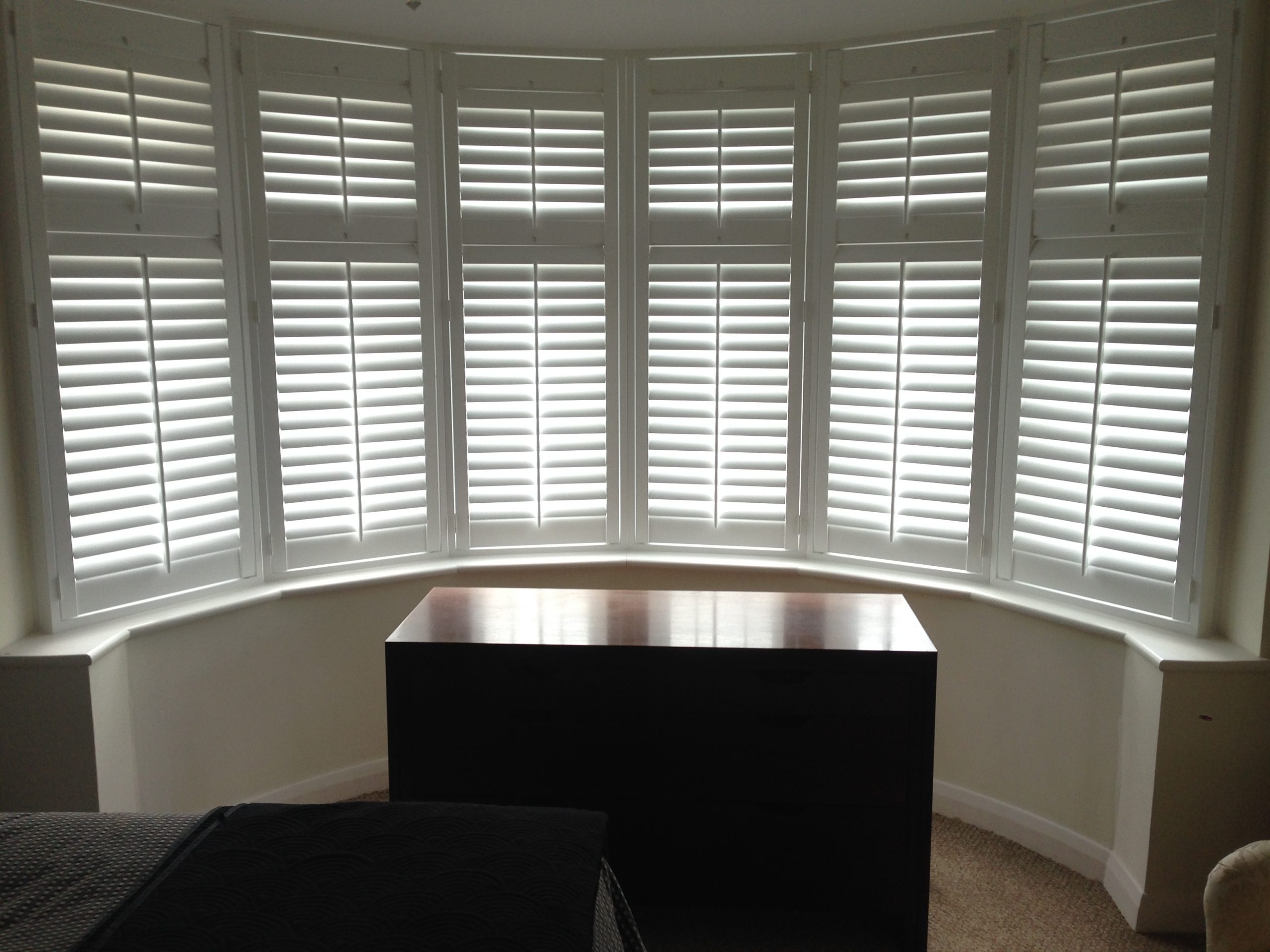
Panelled window shutters are a very old and common type of shutter. However, it is used all over the world even today. The panels are usually made of wood, although they are now often made of vinyl, aluminium, etc. The rails and stiles meet outside the frame members.
There may be single, double, three or six panels in the shutter. The panels consist of wood, steel, PVC, aluminium and fibreglass panels, etc. It is used in both residential as well as public buildings. It provides the house with added sense of protection and privacy as it cut off visibility and sound. It prevents entry of light into the room to the extent that the room may turn dark once the shutters are closed.
It is heavy and the cost of panelled shutter is high due to the content that goes into making it, i.e. wood. If the wood is not seasoned properly, it may bend and go out of the shape. This may result in misalignment caused difficulties in operating the shutters.
During the monsoon, it absorbs water and hence panels expand and contract, and hence opening and closing the windows during the monsoon too may a little difficult. This problem arises in the wooden doors as well, but you should not worry about this problem as we have the solution for you. Check this article –
02. Glazed Window Shutter:
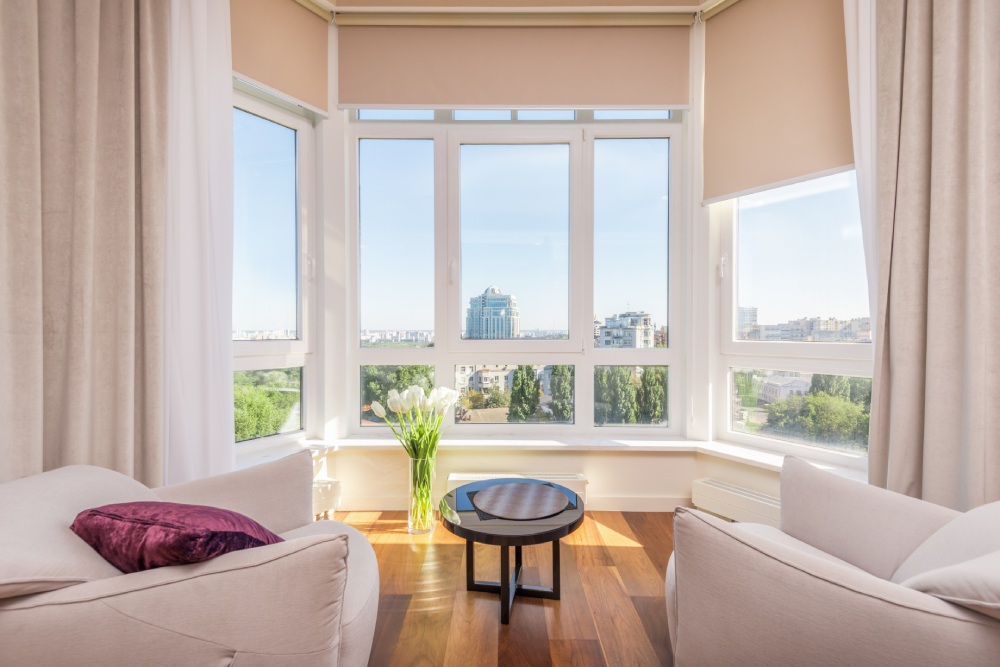
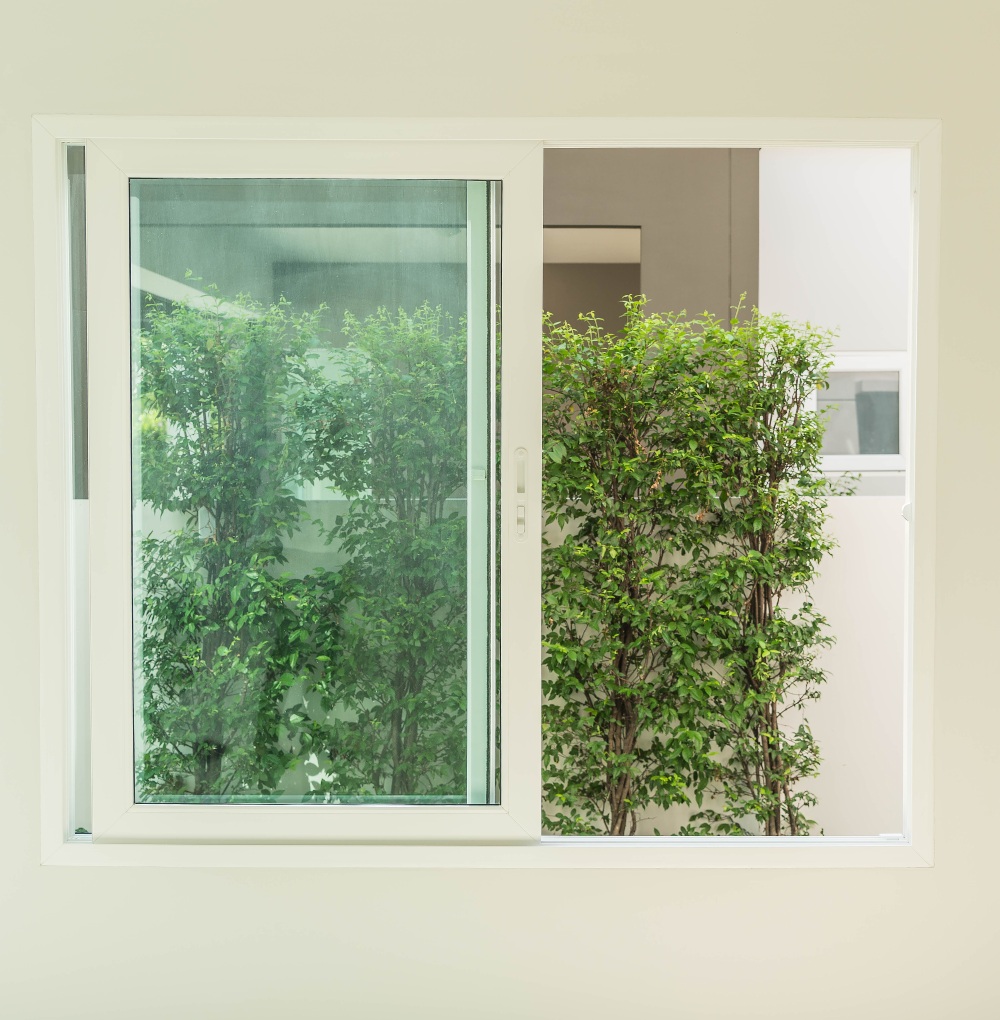
The panels in the glazed shutter window are fully glazed, i.e. consists of glass. The glazed shutter windows provide sunlight, even when closed. The frame of shutter has styles, top rail and bottom rail. This shutter is primarily used as an architectural feature in residential and public buildings.
It is available in various forms, such as coloured glass, tinted glass, frosted glass, double glazing, toughened glass, stained glass etc. It is often used on the exteriors as an architectural element in offices, hospitals, shopping centres etc as it also provides more daylight and adds beauty to the building.
In comparison to a panelled shutter, it offers superior transparency. Within the home, it gives more light and you can enjoy the outside view of the house, including rain, snow, trees, flowers, garden etc even when you opt to close the shutters. It offers less privacy and security. However, by using sound-resistant double glazing shutters, security and privacy can be achieved by spending some extra money. As this type of shutter is more fragile, it needs more maintenance compared to panelled shutter.
03. Half Panelled-Half Glazed Window Shutter:
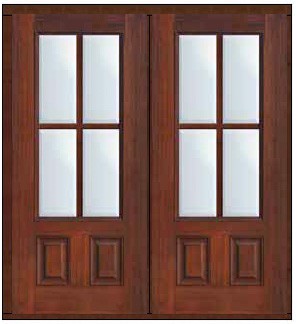
These types of shutters are most commonly used in the windows of residential and school buildings. These types of window shutters provide more natural lighting, while not compromising on privacy and visibility. The ratio of the glazed portion to panel portion is kept 2:1.
04. Louvered Window Shutter:
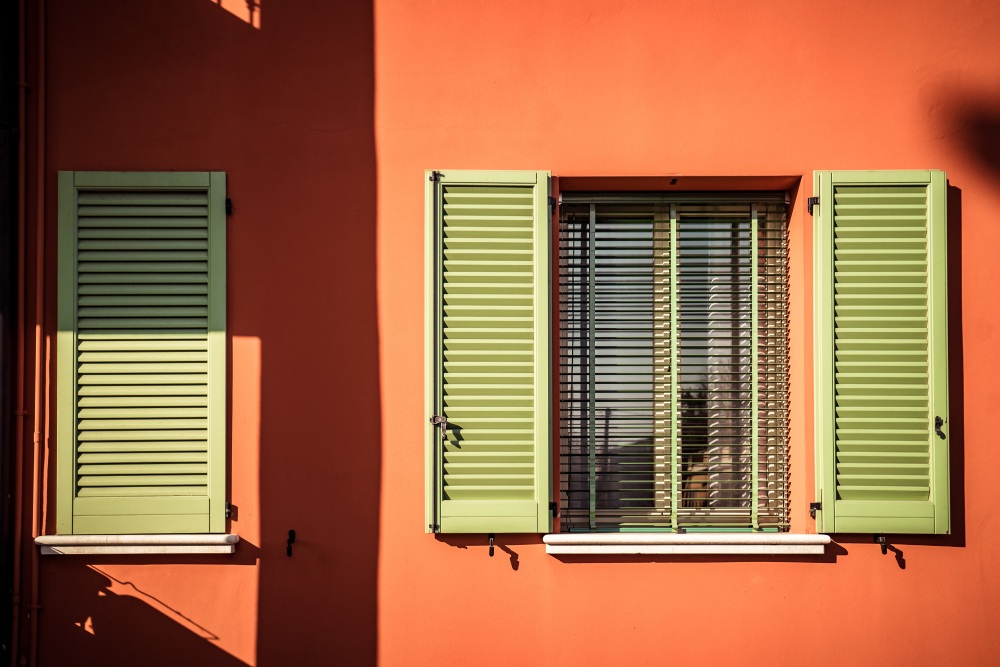
A louvered window shutter consists of a set of wooden slats on the same frame overlapping each other. It could be a single or double-height design with small supports used in the middle to build a better frame for the latter. Louvered shutters can be used both as interior as well as exterior shutters.
05. Raised Panel Shutters:
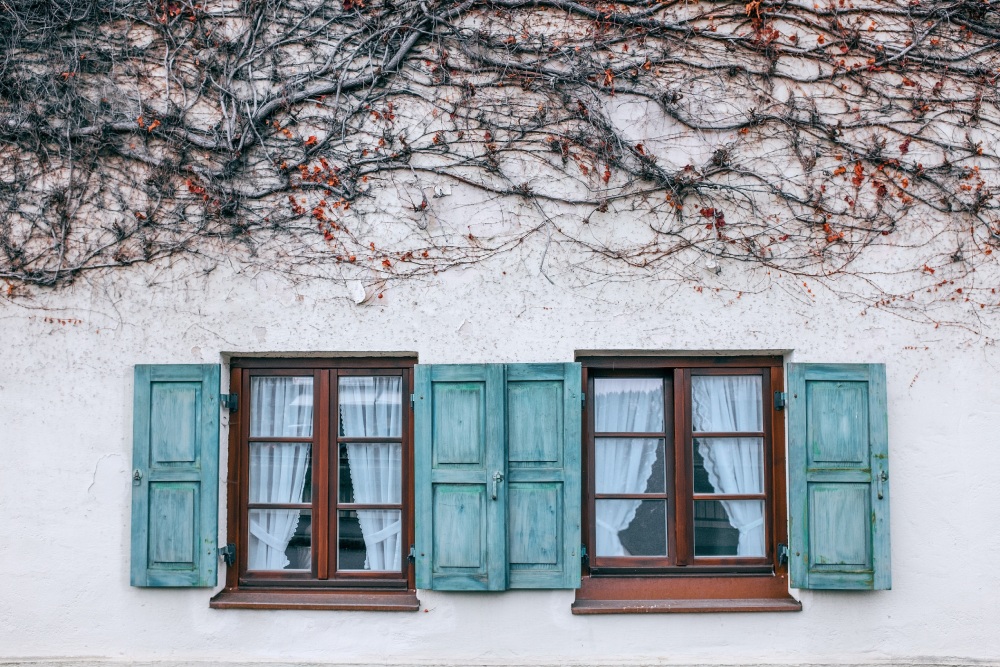
Raised panel shutters are constructed from box-like shapes in which a set of rectangular elements stand out from the rest of the frame. It is similar to what you find in your kitchen on a standard set of cabinets.
06. Shaker Shutter:
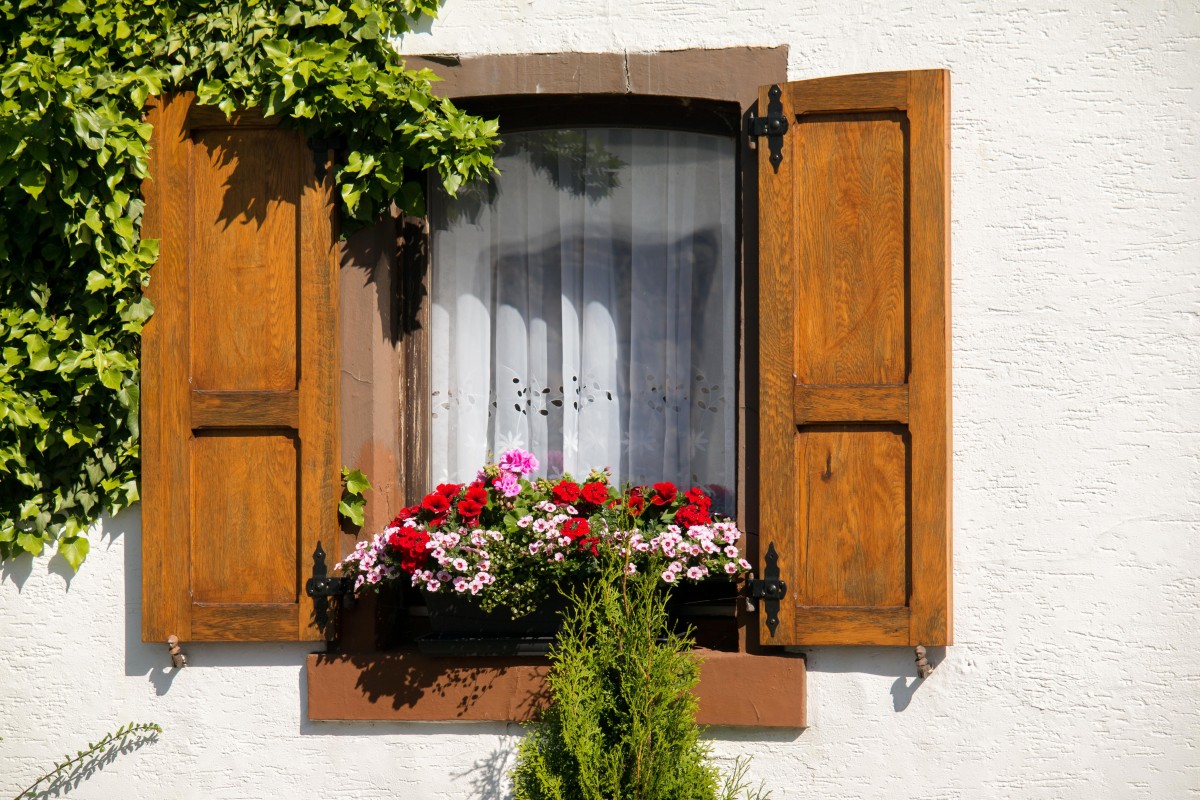
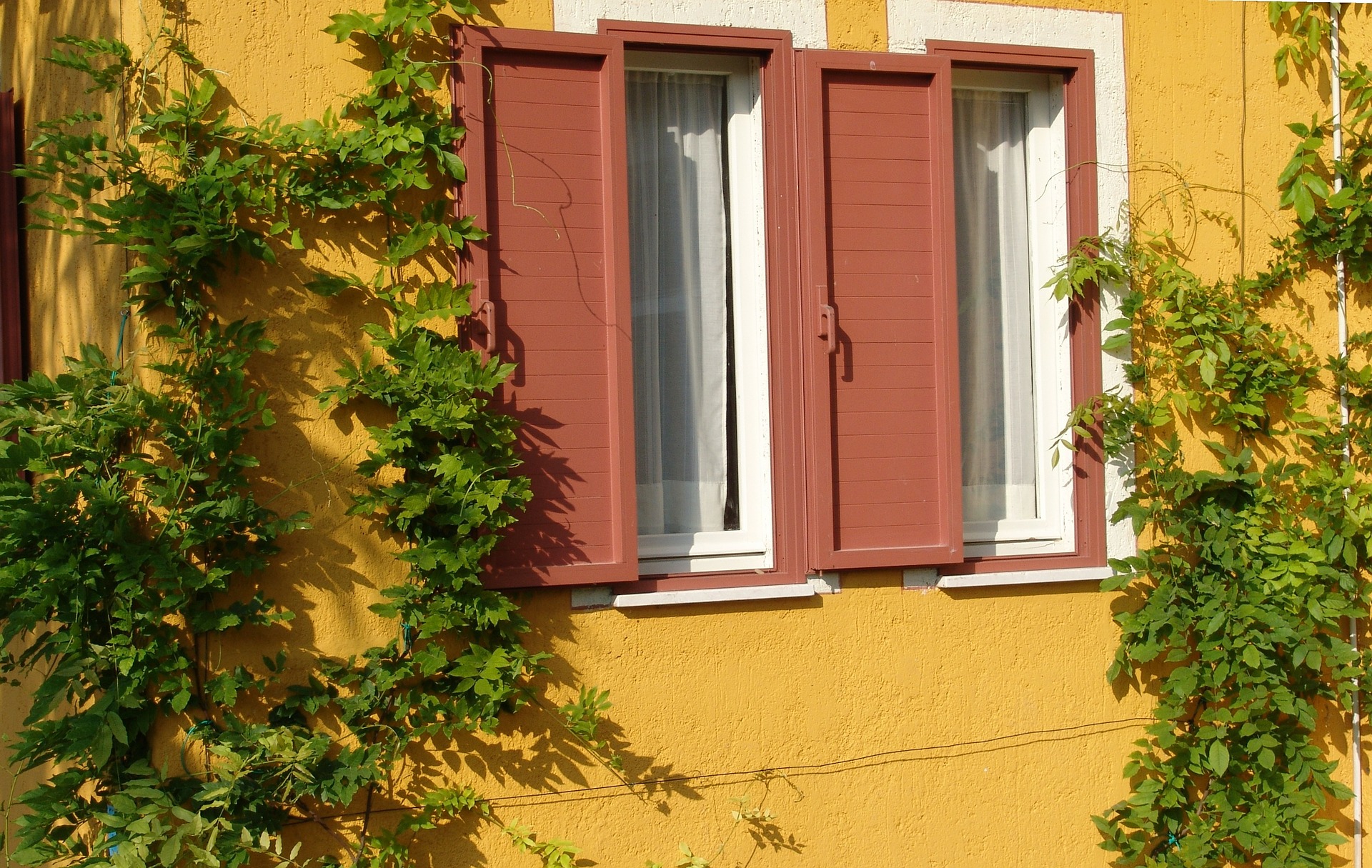
A shaker shutter is similar to a shutter with a raised panel, but this comes with a flat frame. The rectangular shapes are created from a series of recessed indentations, which give a beautiful and detailed look without sticking out. You may put these shutters outside or inside your window.
07. Plantation Shutter:


These shutters provide wide louvers or angled slats that are fixed at a series of intervals. These cause light to pass through them. You can add one of these on the outside of your house although they are installed more frequently in the interiors. They do come with some flexible features.
08. Board and Batten Shutter:
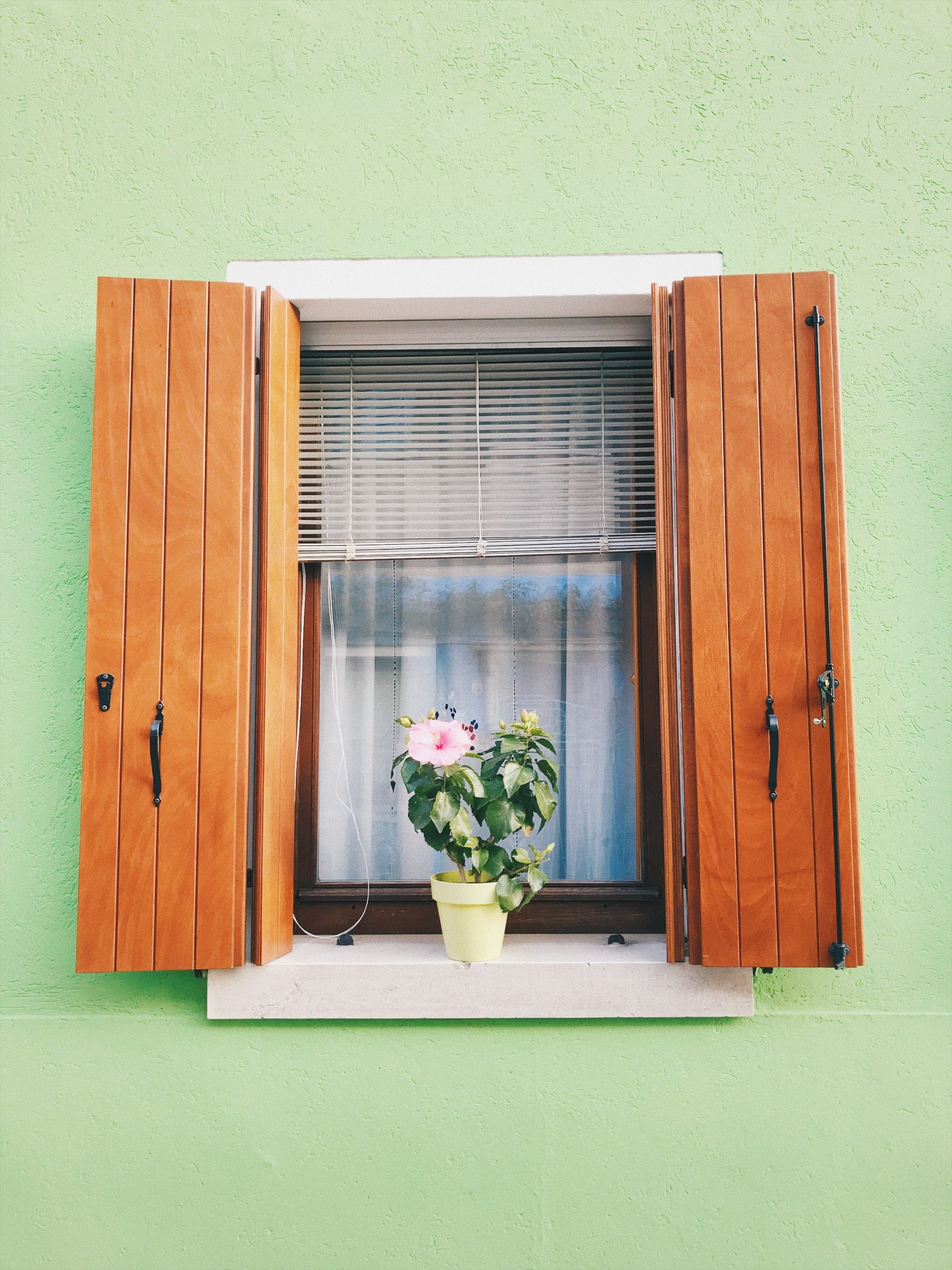
Board and batten shutters are constructed from a series of wooden boards that are connected together by a series of battens. These are cross-pieces which extend across boards. This is a classic option based on the curves around a window that can be cut into different shapes. This is made for more classic and rustic look based on how intricate the shutter is.
09. Scandinavian Shutter:
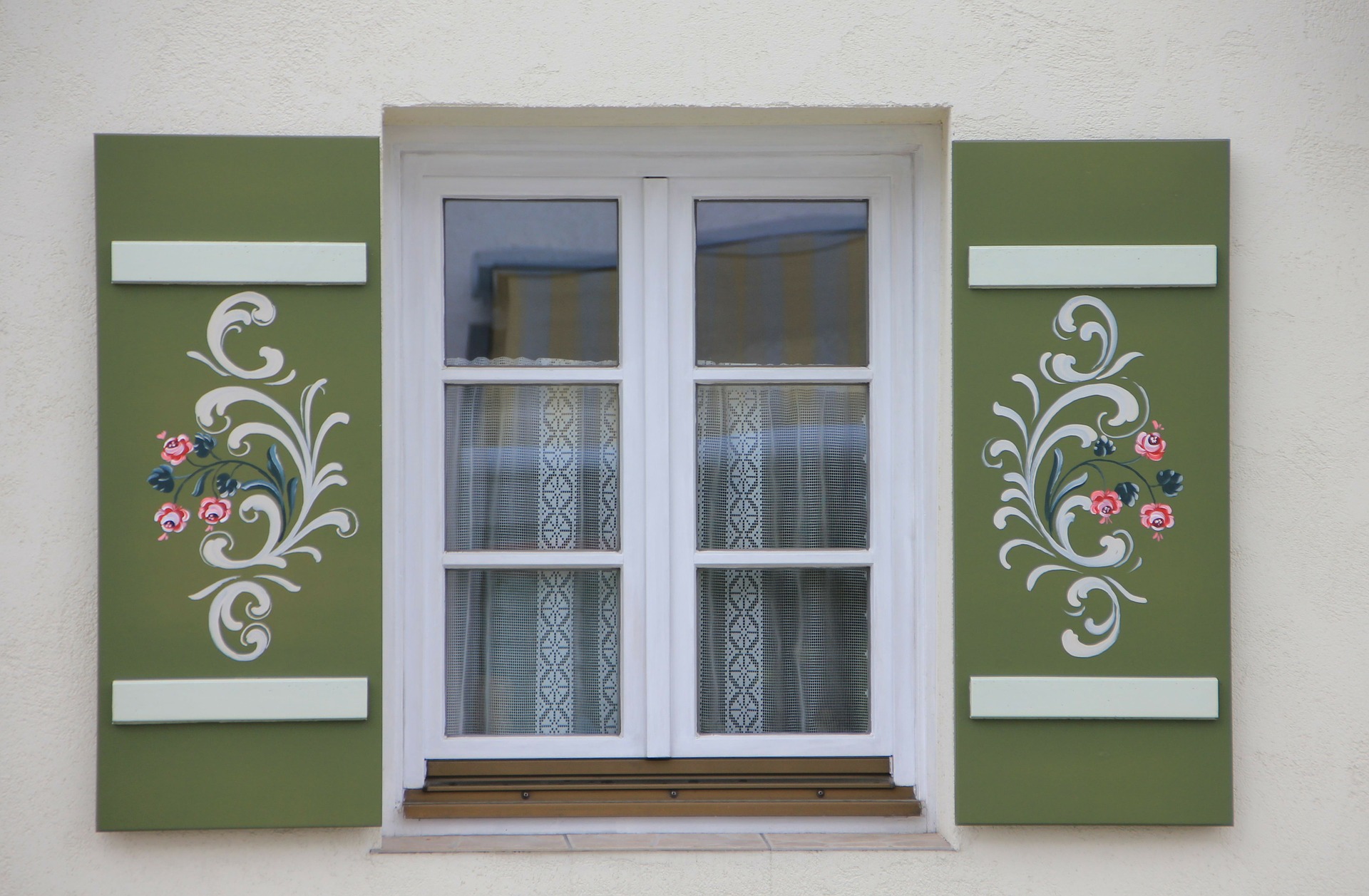
A series of window shutters from Scandinavia features a board and batten pattern, combined with a series of cutouts and precisely cut style. They are usually a little thicker in design because when properly closed, they can block severe weather conditions. These are designed to cover the entire surface of the window.
10. Cafe Style Shutter:
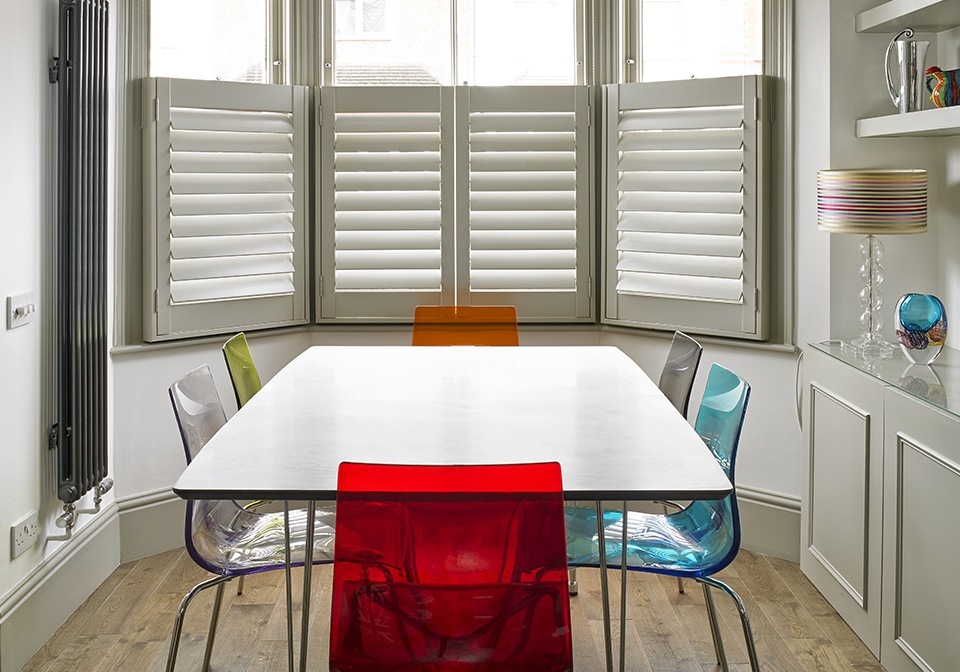
A café-style shutter is inspired by the cafés in Europe. It mixes a typical plantation design at the bottom of the window. This is done with a nicer look which adds a stunning look with a strong sense of detail in mind. This usually works best in outdoor areas although some indoor places stand out based on how they are designed.
11. Full Height Shutter:
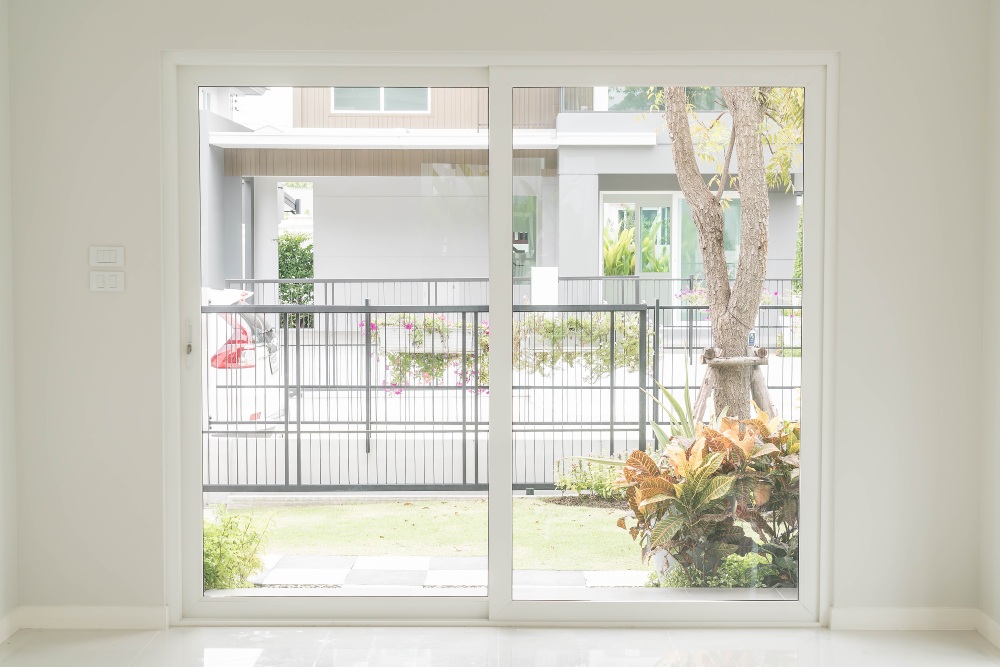

Full height shutter comes in glass, louvered and as solid shutters. But, glass and louvered shutters are more common.
12. Tier-on-Tier Shutter:
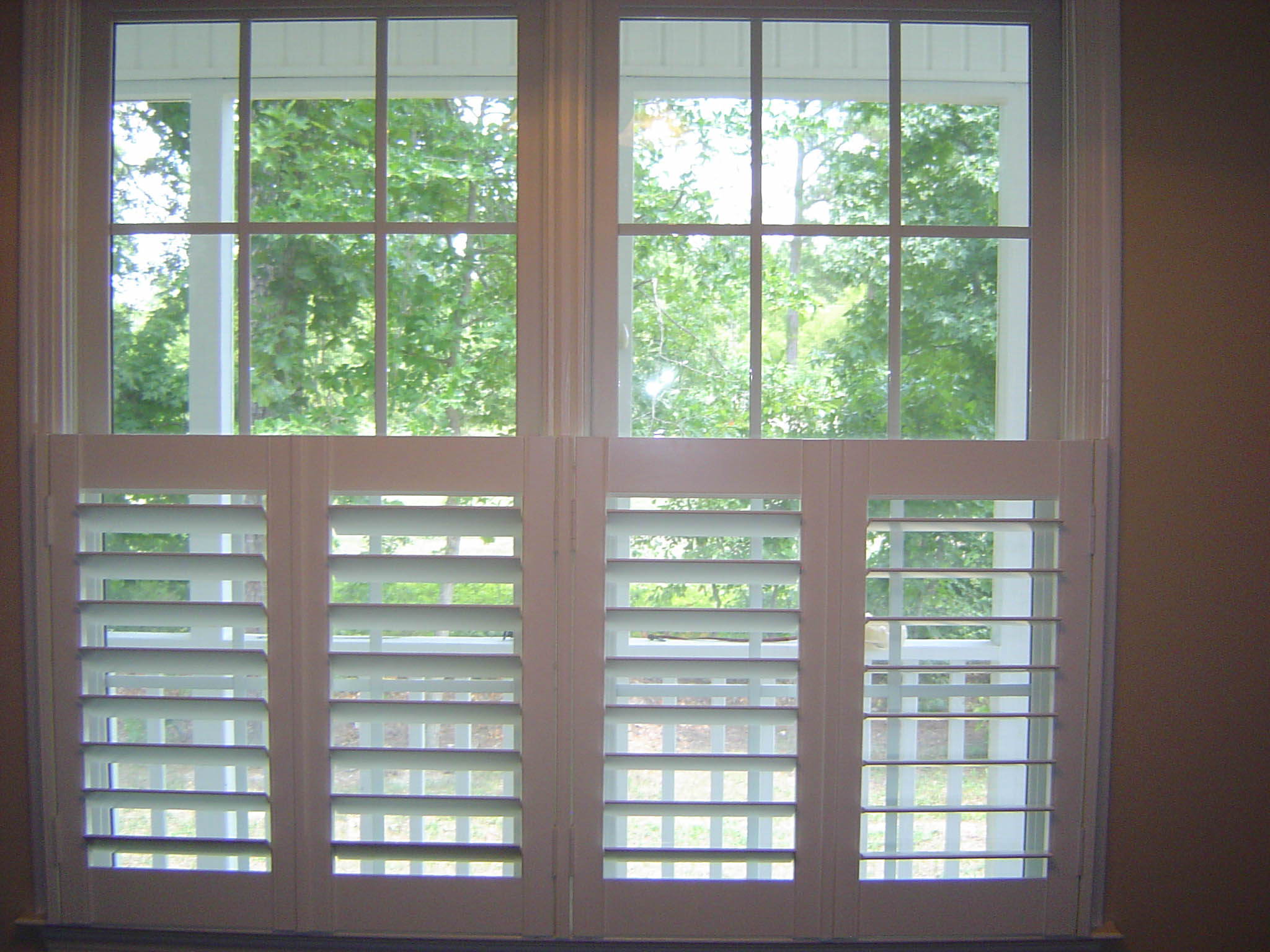
Tier-on-tier shutter is a good option because it gives you a choice as to which part of your window you’d like open and which part closed. As it comes in two sections, it gives you the light and air, while maintaining your privacy.
Components of Window Shutters
The window shutters consist of styles, rails and panels within them. The components of window shutters are as mentioned here:
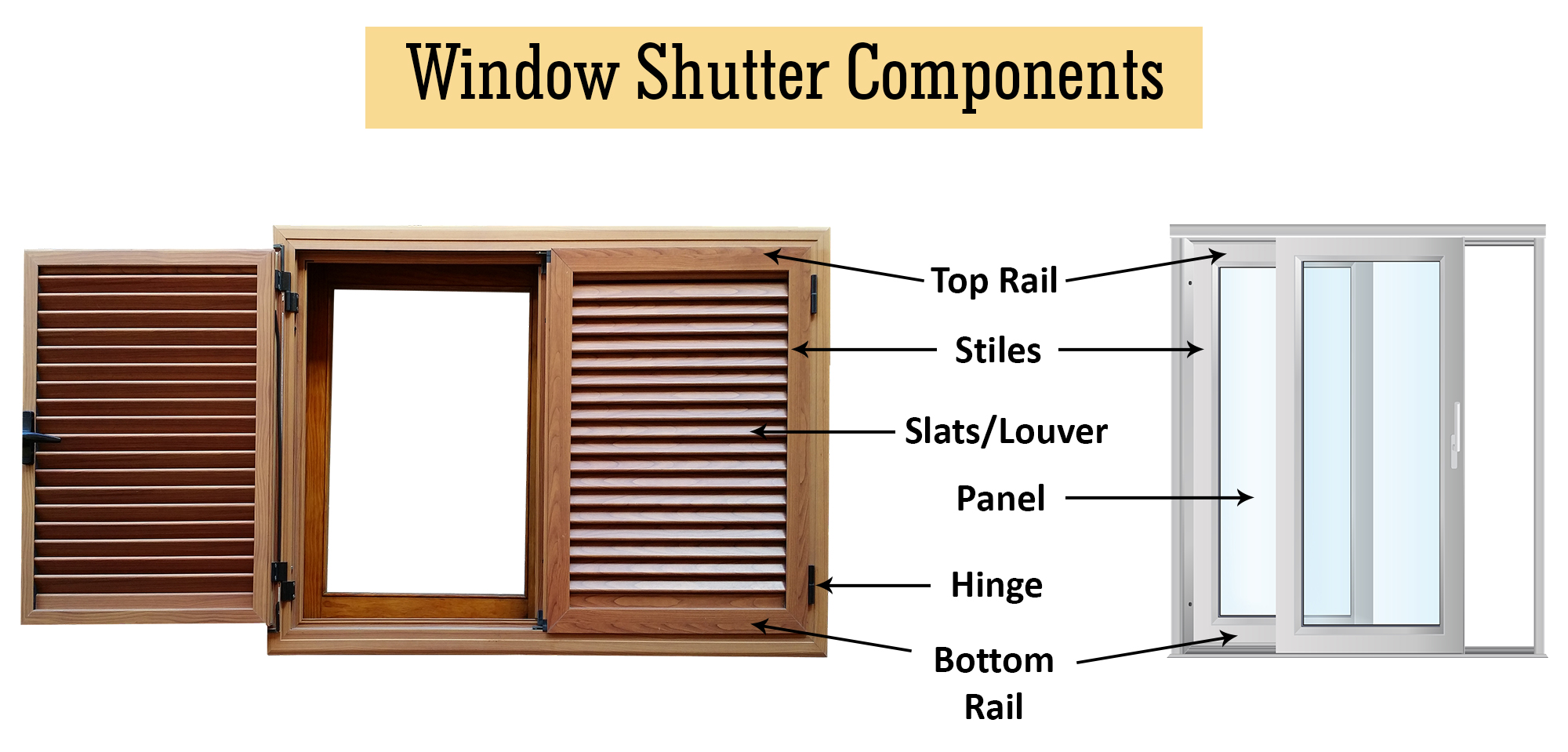
01. Stiles or Style:
Style is the upright vertical outside member of the window shutters that holds the window at the sides. In case of louvered shutters, the louvers rotate between the shutter stiles.
02. Top Rail:
This is the top-most horizontal bar/ member of the window shutter which provides form, structure and stability and holds the window at the top.
03. Intermediate Rails:
All additional horizontal members between the top rail and bottom rail are known as intermediate rails.
04. Bottom Rail:
This is the lowermost horizontal member of the window shutter. It provides form, structure and stability and holds the window at the bottom.
05. Panel:
This is the area, which is enclosed within the adjacent rails. Most shutter units consist of more than one shutter panel. Panels can be of wood, glass etc.
06. Slats/ Louver:
Movable horizontal pieces of wood which form the major part of the shutter panel.
07. Hanging Hinge:
It is a hinge that connects a shutter panel to the window jamb or hanging strip.According to Indian Standard – IS 1003 -2: 1994[371] (Timber Panelled And Glazed Shutters, Part 2: Windows and Ventilator Shutters), the shutters of windows are usually double leaved depending upon the design of window, which could be single panelled or multi-panelled and generally with glazing. The size of the components of window shutters depends on the types of window, the material used in window, the size of the window etc.
Apart from types of window shutters, Gharpedia also has detailed article on types of windows. Read here to know –
Image Courtesy: Image 7, Image 9, Image 10, Image 15, Image 16, Image 19, Image 20, Image 21, Image 22




